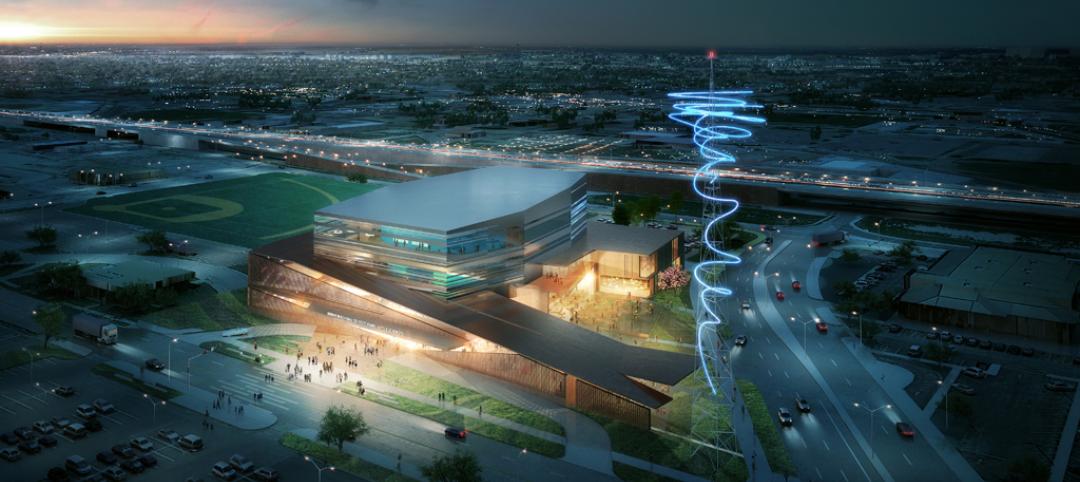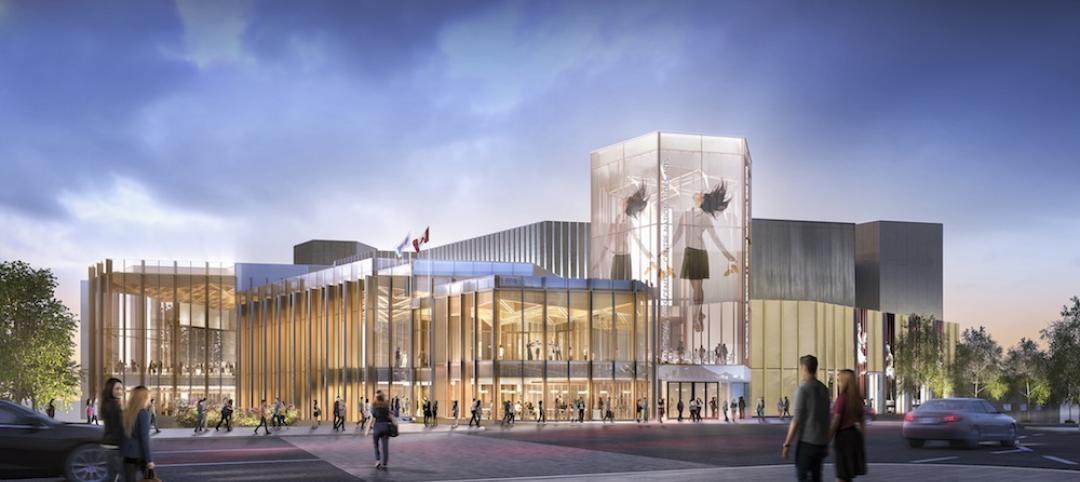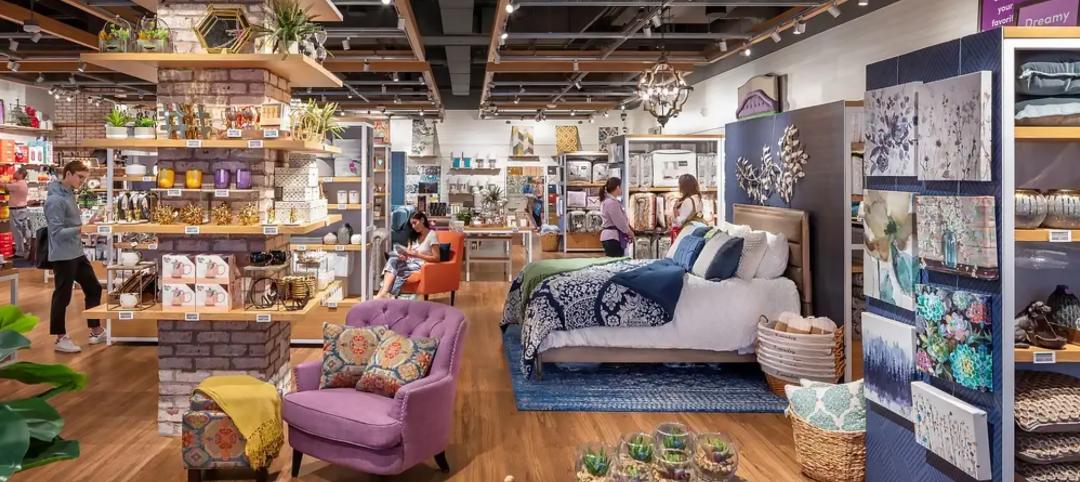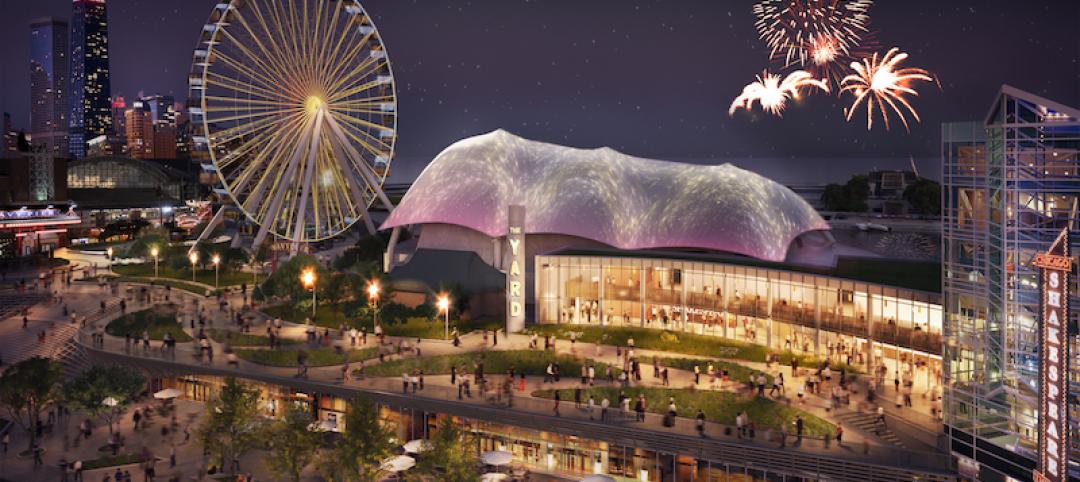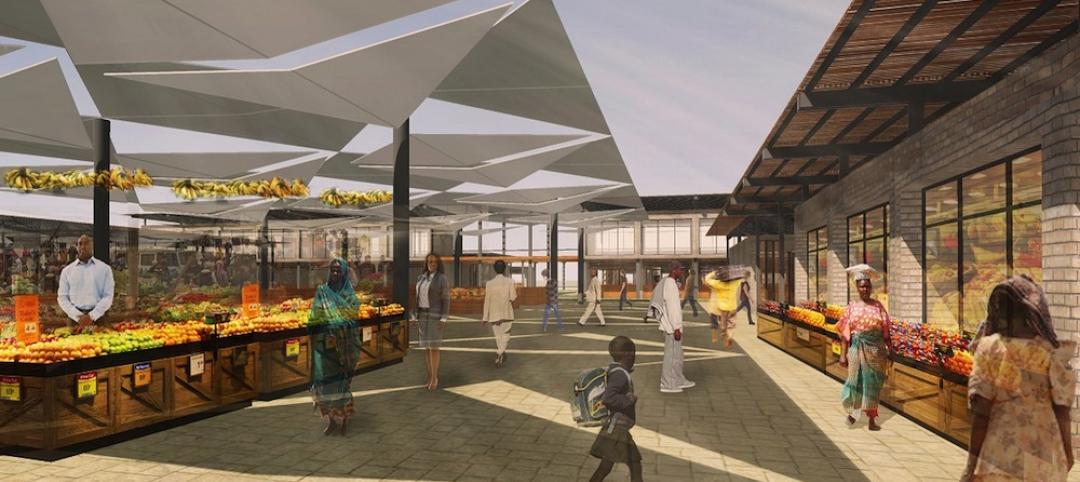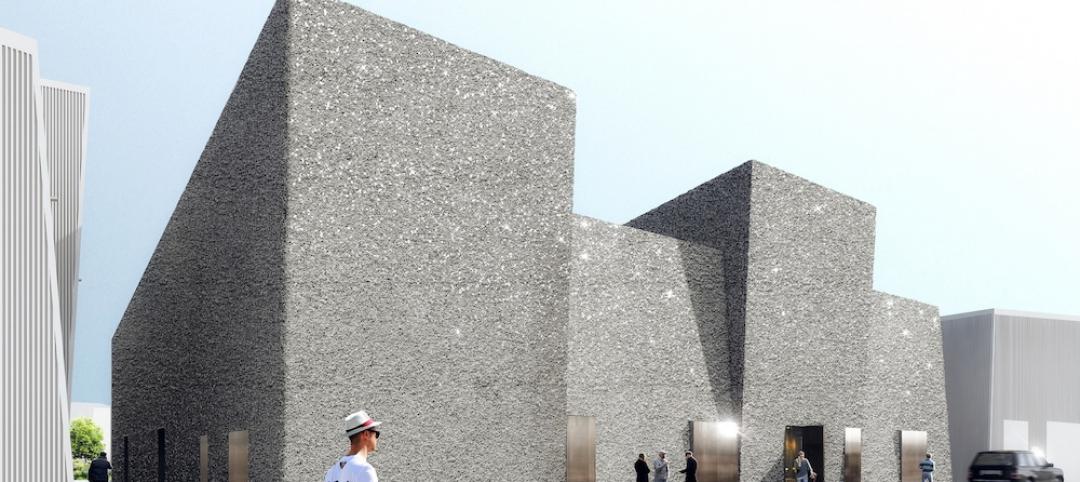 |
| Pre-K room at Gloria Sabater Elementary School, part of a public-private effort in community development in Vineland, N.J. |
At 69 square miles, Vineland is New Jersey's largest city, at least in geographic area, and it has a rich history. It was established in 1861 as a planned community (well before there were such things) by the utopian Charles Landis. It was in Vineland that Dr. Thomas Welch found a way to preserve grape juice without fermenting it, creating a wine substitute for church use (the town was dry). In the 1940s, Vineland was known as “The Egg Basket of America,” and in the 1960s, its downtown was bustling.
But, like Atlantic City, its neighbor 40 miles to the east, Vineland started falling on hard times. In 2003, the city approved a redevelopment plan that envisioned a special demonstration school and community services center as a potential catalyst to encourage private investment in the downtown redevelopment zone. Ultimately, an extensive network of civic agencies—the city of Vineland, the public school district, the state Schools Development Authority, the Cumberland County Empowerment Zone, and the Tri-County Community Action Partnership—allied with local citizens and the project's Building Team to design, build, and finance the school/community center.
The Building Team, led by construction manager Joseph Jingoli & Son, Inc., Lawrenceville, N.J., with design firm USA Architects, Somerville, N.J., held more than 40 stakeholder charrettes over a three-year period. Results of all meetings were made public via the public and private partners' websites.
This level of community involvement resulted in not a single property of the 68 acquired having to be taken through condemnation; all were negotiated sales. More than 70% of those whose properties were acquired found housing elsewhere in the community, and 15% of those who had been renters were converted to property owners. Thirty-six percent of eligible dollars for the project were earned by local companies, and 116 local residents—78 of them from Vineland itself—worked on the job.
The 181,000-sf facility, completed in early 2008, combines a pre-K-to-grade-5 school for 830 students, a pool and recreation facility, and a community health and wellness center that provides health and dental care through a local nonprofit organization. There's an onsite childcare center for infants to two-year-olds, a therapeutic “zero-entry” pool for disabled students, a library/media center, a computer lab, an arts and crafts area that community groups can rent on a sliding-scale basis, and a cafeteria/auditorium with elevated stage and proscenium. All school-based facilities are open to the public after school hours.
The real genius of this project was how the partners pulled out all the stops to find the $62,259,000 needed to acquire the land and build the facilities. Funding for the school came from a special demonstration project sponsored by the N.J. Department of Education and the N.J. Schools Development Authority. The city financed the pool and community facilities through grants, donations, and HUD funds allocated to Vineland and the Cumberland Empowerment Zone. A $2.5 million Urban Enterprise Zone loan was leveraged into $3.5 million through a $1 million contribution from Albert Boscov, the founder of a local department store chain, who received federal New Market Tax Credits for the full $3.5 million.
“They used New Market Tax Credits to develop the community—a great solution for everyone,” noted jury member Tracy Nicholas. “It complicated the job to have so many community requirements, but it shows that this is a team that pulled together and got the job done.” —Robert Cassidy, Editor-in-Chief
Related Stories
Performing Arts Centers | May 4, 2016
Diamond Schmitt unveils designs for Buddy Holly Hall performing arts center
The spacious and versatile complex can hold operas, plays, rock concerts, and conferences.
Cultural Facilities | May 4, 2016
World’s largest cultural center planned for Dubai
The Opera District will have a 2,000-seat theater and three residential complexes.
Cultural Facilities | Apr 28, 2016
Studio Dror designs geodesic dome to pair with the Montreal Biosphère
The aluminum dome, which honors the 50th anniversary of Expo 67, can host events year-round.
Cultural Facilities | Apr 25, 2016
Two milestones recognized as Diamond Schmitt designs upgrades to the National Arts Centre in Ottawa
Renovations, including a new tower, stage, and lounge, will be completed in 2017, the year of Canada’s 150th and the center’s 50th birthday.
Cultural Facilities | Apr 12, 2016
Studio Libeskind designs angular Kurdish museum rich with symbolism
The museum consists of four geometric volumes separated by somber and uplifting divisions.
Performing Arts Centers | Apr 1, 2016
Adrian Smith + Gordon Gill Architecture’s The Yard at Chicago Shakespeare to begin construction this spring at Navy Pier
Among the unique design features is a movable set of structural audience “towers” that allows for directors and designers to create a space that works best for their specific performances.
Sports and Recreational Facilities | Mar 31, 2016
An extreme sports tower for climbing and BASE jumping is proposed for Dubai’s waterfront
The design incorporates Everest-like base camps for different skill levels.
Cultural Facilities | Mar 21, 2016
PAB Architects designs marketplace to centralize Senegal street vending
The Senegal City Market project consists of groups of store modules and is expected to expand to 13 cities.
Cultural Facilities | Mar 15, 2016
OMA’s first UAE project transforms warehouses into multi-purpose art district venue
Moveable walls will provide different spatial configurations for events and gatherings, and large glass doors will blur indoors and outdoors.
Cultural Facilities | Mar 8, 2016
The sexy side of universal design
What would it look like if achieving universal accessibility was an inspiring point of departure for a project's design process? Sasaki's Gina Ford focuses on Marina Plaza and the Cove, two key features of her firm's Chicago Riverwalk development.


